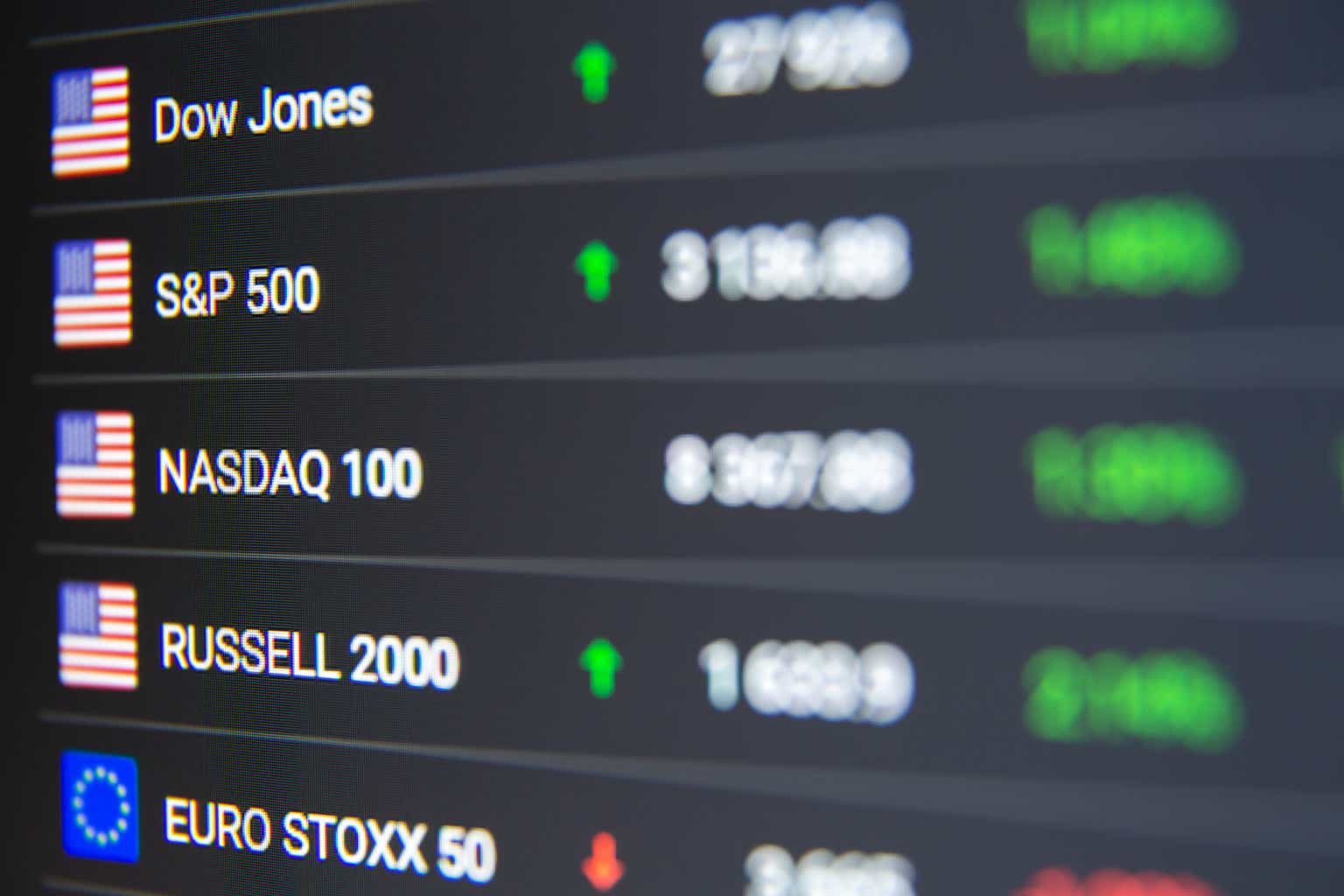Important concept, BN.FYI ...
If you didn't see my note on Monday, the IRS has released the new 401k max contribution amounts and also updated the 2023 tax brackets. Biggest changes ever. Might want to take a look!
Also, Vanguard's VMFFX (Money Market Index) has a 7-day SEC yield right now of 2.88% and the Total Bond Index (BND or VBTLX) has a 30-day SEC yield of 4.41%. The key to bond funds is you have to hold them for their duration (~6.5 yrs for BND/VBTLX) if you want to actually get that yield. Otherwise, you're at the mercy of market pricing - which has been very unkind to bond fund prices YTD.
Too often, investors conflate loss of market value vs. loss of principal. They are in fact two different concepts.
If you invest in a US Treasury, and IF (two huge letters) you hold to maturity, you have no risk of loss of principal.
If, however, you decide you want to sell during the period of time between when you bought and when the Treasury matures, you do have risk of a reduction in market value.
Hold to maturity and there is no risk of loss of principal. Decide you need the cash before maturity, and you can get a surprise.
For geeked-out mathematical reasons I won’t bore you with, that’s especially true on longer term bonds.
Last edited by a moderator:





